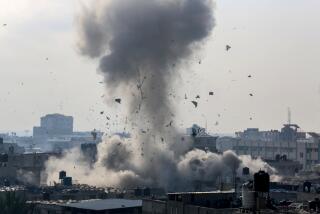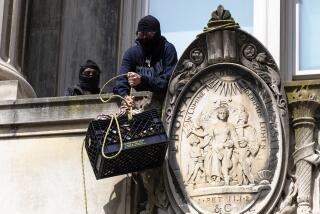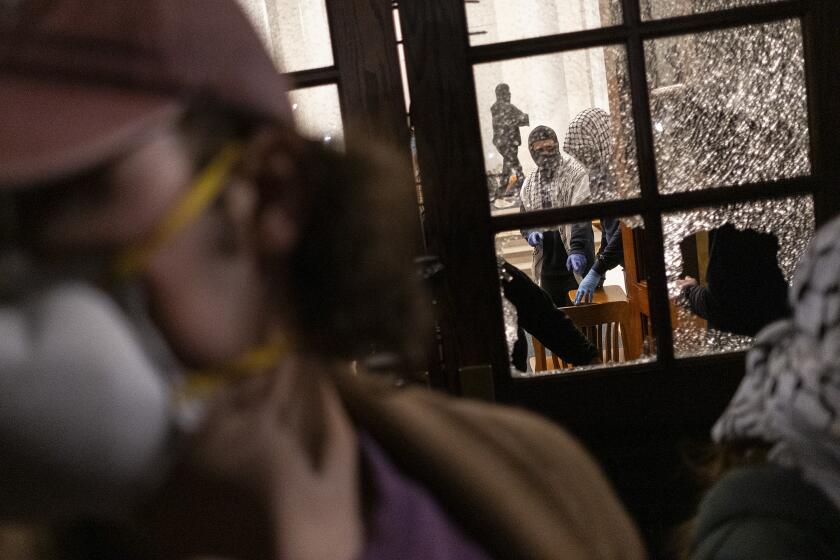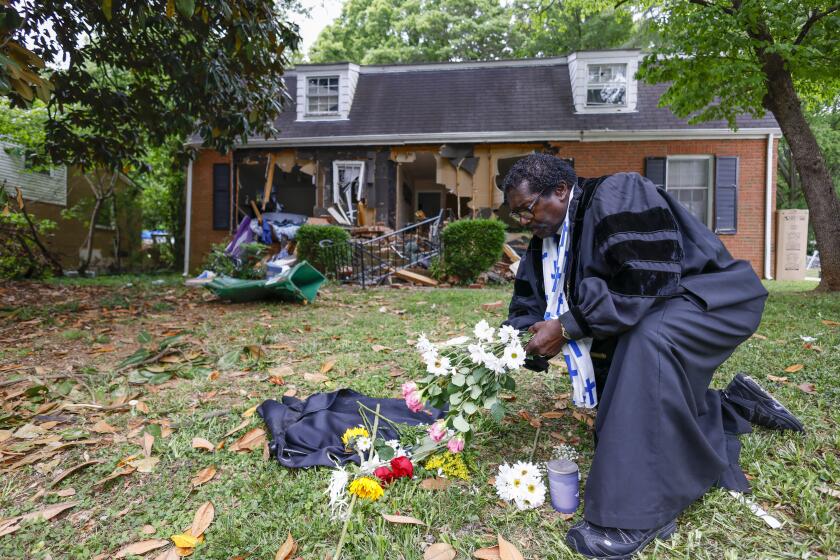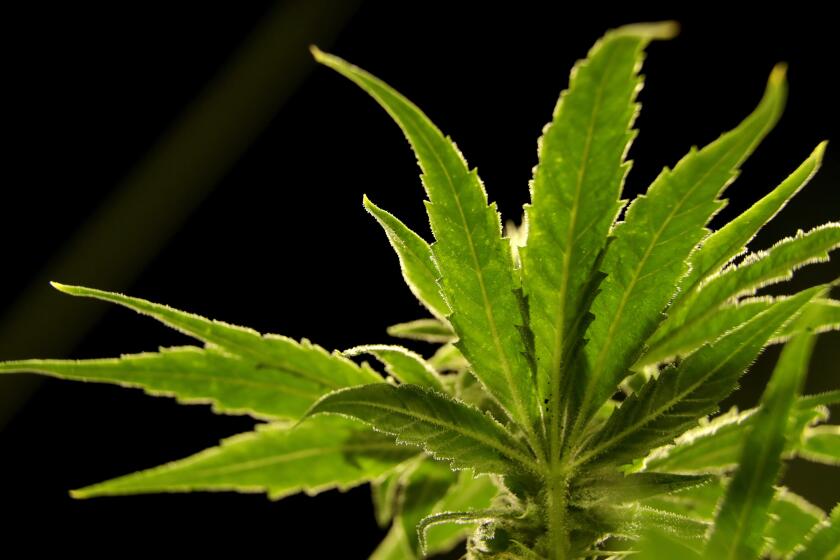Billions of U.S. dollars later, Colombia gets the upper hand in battle on rebels, drugs
Ten years after the U.S. began pouring billons of dollars into a largely military program in Colombia, the nation’s armed forces have gotten the upper hand in the fight against leftist rebels and their powerful drug cartel allies.
Here on the Putumayo River 350 miles south of Bogota stands a bulked-up naval base with 40 patrol boats and more than 1,000 marines and soldiers. Air cover from Blackhawk helicopters, Brazilian-made Super Tucano bombers, and Israeli-produced Kfir fighter jets is available from the nearby Tres Esquinas air base.
Their mission is to deny FARC rebels, narcos and arms traffickers use of a corridor on Colombia’s border with Peru and Ecuador.
“We’re destroying the FARC’s financial foundation and providing security to legal river traffic at the same time,” said base commander marine Gen. Rafael Colon. “We are trying to make the presence of the state felt in places it wasn’t before.”
On the 10th anniversary of the program known as Plan Colombia, the South American nation appears more secure. U.S. aid has included four heavily armed boats that officers call the “Monsters of Putumayo,” 150-foot vessels armed to the gills that look like fearsome waterborne spaceships from a “Star Wars” set. Washington also has provided special forces training, intelligence gathering and the gift of 82 UH-60 Blackhawk helicopters.
The Colombian military has used that muscle to push rebels into remote areas. The number of Colombian “boots on the ground” has risen 60% to 447,000 soldiers and cops. (Plan Colombia limits the physical U.S. presence to no more than 800 uniformed military trainers and 600 contractors, none of whom can take part in combat.)
Colombian national police claim to be present in all 1,100 counties, up from 950 in 2000. Violent crime has dropped to a fraction of what it was in 2002, when there were an average of 10 kidnappings a day.
Still, progress in the war on drugs has been mixed.
Coca production has dropped 58% from its estimated peak a decade ago, according to the U.N.’s 2010 World Drug Report. That’s progress, but not as much as many had hoped, considering that pilots under Plan Colombia have sprayed defoliants on more than 1 million acres of coca fields.
Critics argue that the extensive eradication program has simply pushed coca production to neighboring countries, notably Peru.
But for Colombians, the situation is far improved from the late 1990s when a Pentagon study warned that their country could become a narco-state in five years. In the words of one observer, Colombia’s armed forces were “playing for a tie and losing.”
Colombia’s economy now ranks as one of Latin America’s most vibrant, according to the World Bank. The government released statistics this month showing that year-to-date foreign investment, airline traffic and car sales have all increased by double-digit percentages.
The power of the FARC, or the Revolutionary Armed Forces of Colombia, was implicit in the election of President Andres Pastrana, who won office in 1998 promising he would negotiate a political settlement. He handed over control of a demilitarized “clear zone” as an act of good faith, but the rebels used the area to gather strength. Pastrana’s successor, Alvaro Uribe, campaigned promising to defeat the rebels.
FARC greeted Uribe on his inauguration day in 2002 with a mortar and rocket attack. But most of Plan Colombia and its progress came during Uribe’s eight years in power, which ended last month.
In recent years, Plan Colombia’s emphasis has shifted somewhat. Military aid once made up about 80% of the funding; now it’s closer to 60%, said Adam Isacson of the Washington Office on Latin America, a left-leaning think tank.
Supporters of Plan Colombia say military gains are not irreversible. Hearts and minds remain to be won, especially in the rural areas where poor youths have few alternatives to growing coca or joining an insurgency or drug trafficking gang.
“A pill won’t do the job, a long-term treatment is needed,” said marine Capt. Cesar Martinez, a base operations officer at Leguizamo.
The FARC now relies more on hit-and-run tactics than brazen assaults. Rebels launched attacks this month in remote areas across the country that killed 37 police officers and soldiers. Eight were police at an outpost not far from Leguizamo. But unlike a decade ago, the Colombian armed forces struck back. They reported killing 22 guerrillas in an airstrike Sunday, including a top regional commander.
The aggressive military response has been accompanied by human rights violations. A study released this year by the New York-based peace group Fellowship of Reconciliation found that the Colombian military may have committed 3,000 extrajudicial killings from 2002 to 2009. Many were so-called false positives that involved the slayings of innocent civilians who were tagged as rebels killed in action.
Many were committed by units that had received U.S. military funding even after “credible evidence” of human rights violations had been presented, said John Lindsay-Poland, the organization’s research director.
Kraul is a special correspondent.
More to Read
Start your day right
Sign up for Essential California for news, features and recommendations from the L.A. Times and beyond in your inbox six days a week.
You may occasionally receive promotional content from the Los Angeles Times.
